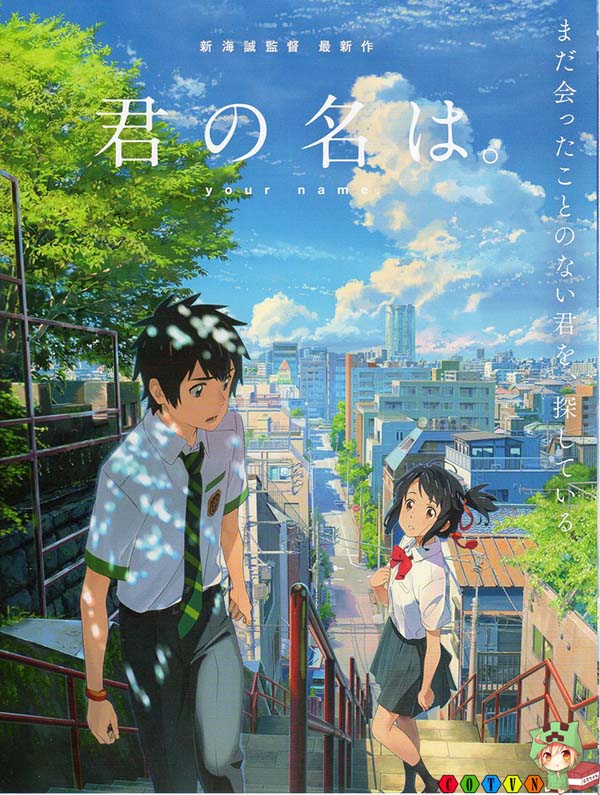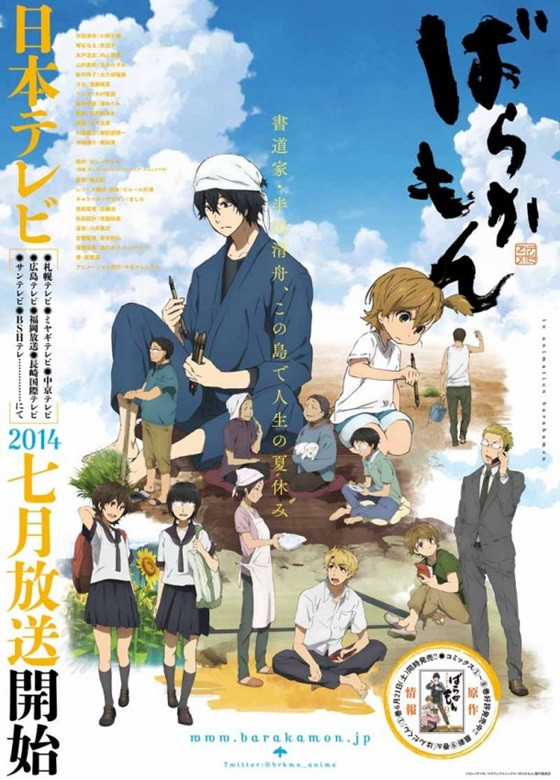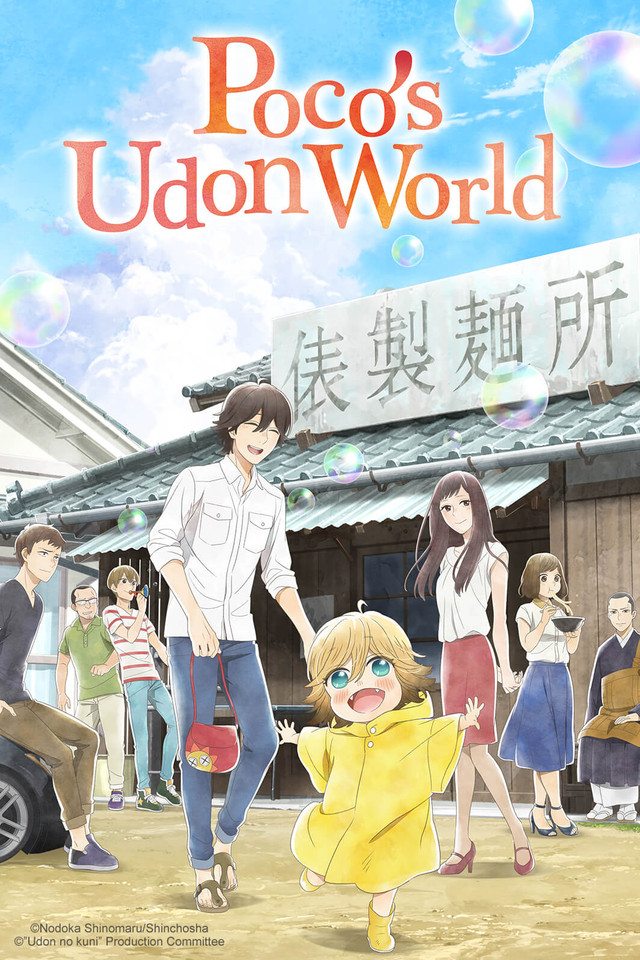
Movies
Animated Films are ones in which individual drawings, paintings, or illustrations are photographed frame by frame (stop-frame cinematography). Usually, each frame differs slightly from the one preceding it, giving the illusion of movement when frames are projected in rapid succession at 24 frames per second.
One of the reasons for the popular emergence of Japanese animation was the successful animated Japanese-TV series Astro Boy (1963). The Western release of director Katsuhiro Otomo's cult favorite epic animated adventure Akira (1988), based on the science-fiction comic book (manga) series - a post-apocalyptic, cyberpunk tale set in Neo-Tokyo, also contributed to the spread of Japanese anime (or "Japanimation") worldwide. Excellent examples of feature length, science-fiction Japanese anime were directed by auteur animator and founder of the famed Ghibli Studios Hayao Miyazaki -- known as the "Japanese Walt Disney." His humanistic-oriented animations -- painstakingly detailed traditional cel animation during an era of CGI films -- were generally filled with magical and/or mythical settings, rich and fantastic characters (usually a young heroine), imaginative and visual renderings, fairy-tale motifs and plots with moral lessons, tales of the struggle between the strong and the weak, and environmental concerns.



Shows or Series
Anime are often classified by target demographic, including kodomo (children's), shōjo (girls'), shōnen (boys') and a diverse range of genres targeting an adult audience. Shoujo and shounen anime sometimes contain elements popular with children of both sexes in an attempt to gain crossover appeal. Adult anime may feature a slower pace or greater plot complexity that younger audiences typically find unappealing, as well as adult themes and situations. A subset of adult anime works feature pornographic elements and are labeled "R18" in Japan, but internationally these works are grouped together under the term hentai (Japanese for "pervert"). By contrast, a variety of anime subgenres across demographic groups incorporate ecchi, sexual themes or undertones without depictions of sexual intercourse, as typified in the comedic or harem genres; due to its popularity among adolescent and adult anime enthusiasts, incorporation of ecchi elements in anime is considered a form of fan service. Anime's genre classification is different from other types of animation and does not lend itself to simple identity. Gilles Poitras compared the labeling Gundam 0080 and its complex depiction of war as a "giant robot" anime akin to simply labeling War and Peace a "war novel". Science fiction is a major anime genre and includes important historical works like Tezuka's Astro Boy and Yokoyama's Tetsujin 28-go. A major subgenre of science fiction is mecha, with the Gundam metaseries being iconic. The diverse fantasy genre includes works based on Asian and Western traditions and folklore; examples include the Japanese feudal fairytale InuYasha, and the depiction of Scandinavian goddesses who move to Japan to maintain a computer called Yggdrasil in Ah! My Goddess. Genre crossing in anime is also prevalent, such as the blend of fantasy and comedy in Dragon Half, and the incorporation of slapstick humor in the crime anime Castle of Cagliostro. Other subgenres found in anime include magical girl, harem, sports, martial arts, literary adaptations, medievalism, and war.


